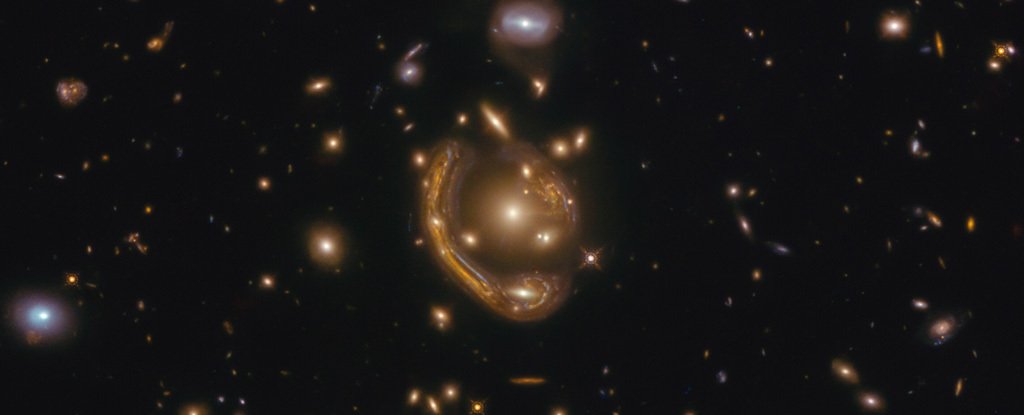A very rare astronomical phenomenon was in the news recently and with good reason. It will take hundreds of years until we can see Jupiter and Saturn so close together again.
However, there are still some “really strange and very rare phenomena” that can currently be observed in our night sky.
The only problem is that you need access to Hubble to detect this phenomenon.
As always, Hubble offers an absolutely breathtaking picture. This particular depicts a gravity lens effect that gives an almost perfect example of an Einstein ring.
The image of this ring, called GAL-CLUS-022058s, or, in an illuminated bit of astronomical brands, the “Molten Ring”, was released on December 14th.
The brand idea comes in part from the physical appearance of the object, which indeed looks like a molten metal ring.
But it also comes from the location of the object itself. Located in the southern constellation Fornax (the furnace), the image shows an extremely distant galaxy whose light is deflected by a much closer galaxy.
One of the benefits of this lens effect is that it enables scientists to study the galaxy better, which would otherwise be completely invisible.
 The ‘cosmic horseshoe’ is another example of an Einstein ring. (ESA / Hubble and NASA)
The ‘cosmic horseshoe’ is another example of an Einstein ring. (ESA / Hubble and NASA)
Although it is not the only known example of the phenomenon, it is one of the most striking.
But there is much more to find out what Hubble will continue to do, no matter how aligned our solar system’s planets are.
This article was originally published by Universe Today. Read the original article.
